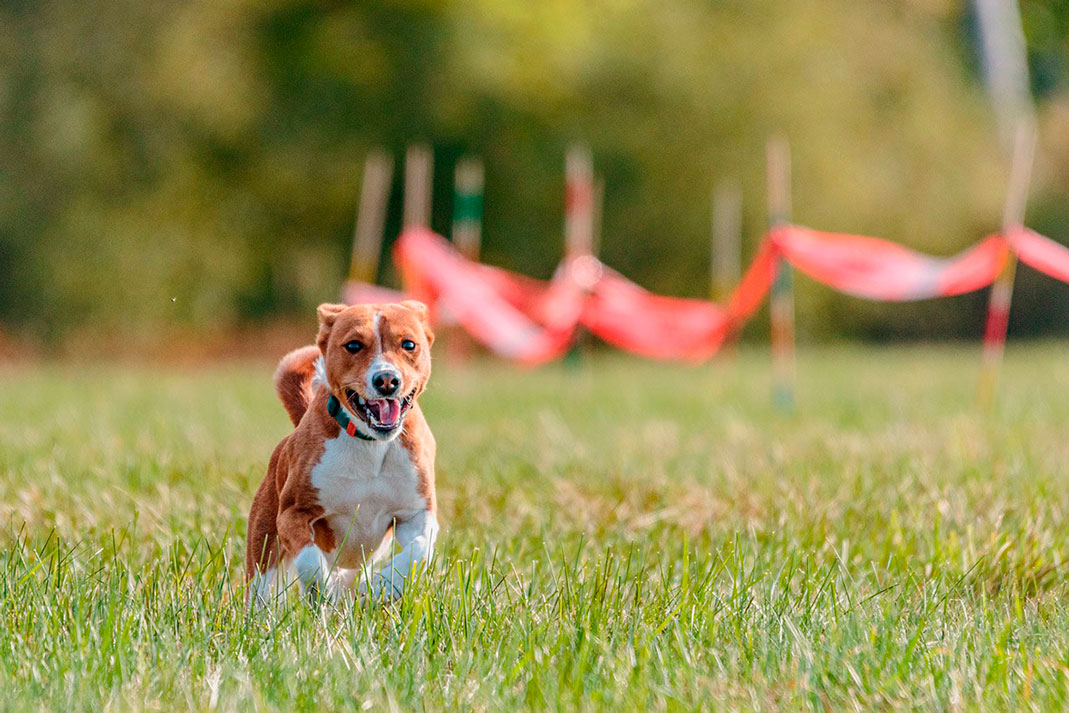Puppy Playground - Agility Resources For Your Pooch
You may have seen a dog agility course before but weren't sure what it was. Dog agility is a sport in which dogs are directed through obstacle courses by their handlers. A lot of times, dog agility is done as a competition and dogs are racing for both accuracy and the best time. When done for competition, the dog completes the obstacle course off a leash and is not allowed to have any incentives such as toys or food. There are several different pieces of equipment that can be used in agility obstacles such as tunnels, jumps, and other such equipment.
If you do not want to get your pet involved in agility competitions right off the bat, equipment can be purchased to set up your own agility course at home. Some pieces of equipment can even be made instead of being purchased. Weave poles can be created from PVC pipe, or even old ski poles. An old picnic bench can serve as a dogwalk, and an old coffee table can serve as a pause table. Jumps can be created using plywood and cinderblocks. Teeter boards can be created with long pieces of wood and PVC pipe, while plastic collapsible tunnels for kids can be purchased cheaply and make a great obstacle for dogs to crawl through. With the right materials, creating your own dog agility course is easy.
It will take some time and patience to teach a dog how to complete an agility course, and they must be able to follow basic commands to do so. Prior to starting with an agility course, dogs will have to have the ability to follow basic commands including stay, sit, come, lay down, and more. Once a dog has basic commands down, they can slowly be introduced to the agility course. Walking through the obstacle course with your dog will help them learn. It is important to start slow and really take your time with training. Eventually your dog will have mastered the agility course. There are many benefits to dog agility including mental and physical, as well as increased bonding between dog and handler. Check out the following sites to learn more about dog agility and get started.
Dog Agility Resources and Information:
- Benefits of Agility Training
- How To Build A Pet Agility Course
- Starting On The Right Paw: Basic Do's And Don'ts To Agility Training
- How To Create A Dog Agility Course At Home
- American Kennel Club - What Is Dog Agility?
- Top Five Agility Dog Breeds
- Seesaws, Teeter Boards, and Equipment
- Ten Tips For Dog Agility Training
- Dog Agility Tips From Experienced Competitors
- Basic Dog Obedience Training Information
- A Beginner's Guide To Dog Agility
- Agility Training Exercises Your Dog Can Do Indoors
- Team of Two: You And Your Dog Will Benefit From Agility Training
- Build Your Own Agility Course For Dogs
- How To Teach A Dog Agility At Home
- Dog Tricks And Agility For Dummies Cheat Sheet
- How To Build A Three Part Dog Agility Course
- DIY Dog Agility Equipment Tips
- Dog Agility Equipment Just For Fun
- USDAA Dog Agility Competition Organization
- The North American Dog Agility Council Calendar
- The Westminster Kennel Club Agility
Find more about the author: Kim Hart


